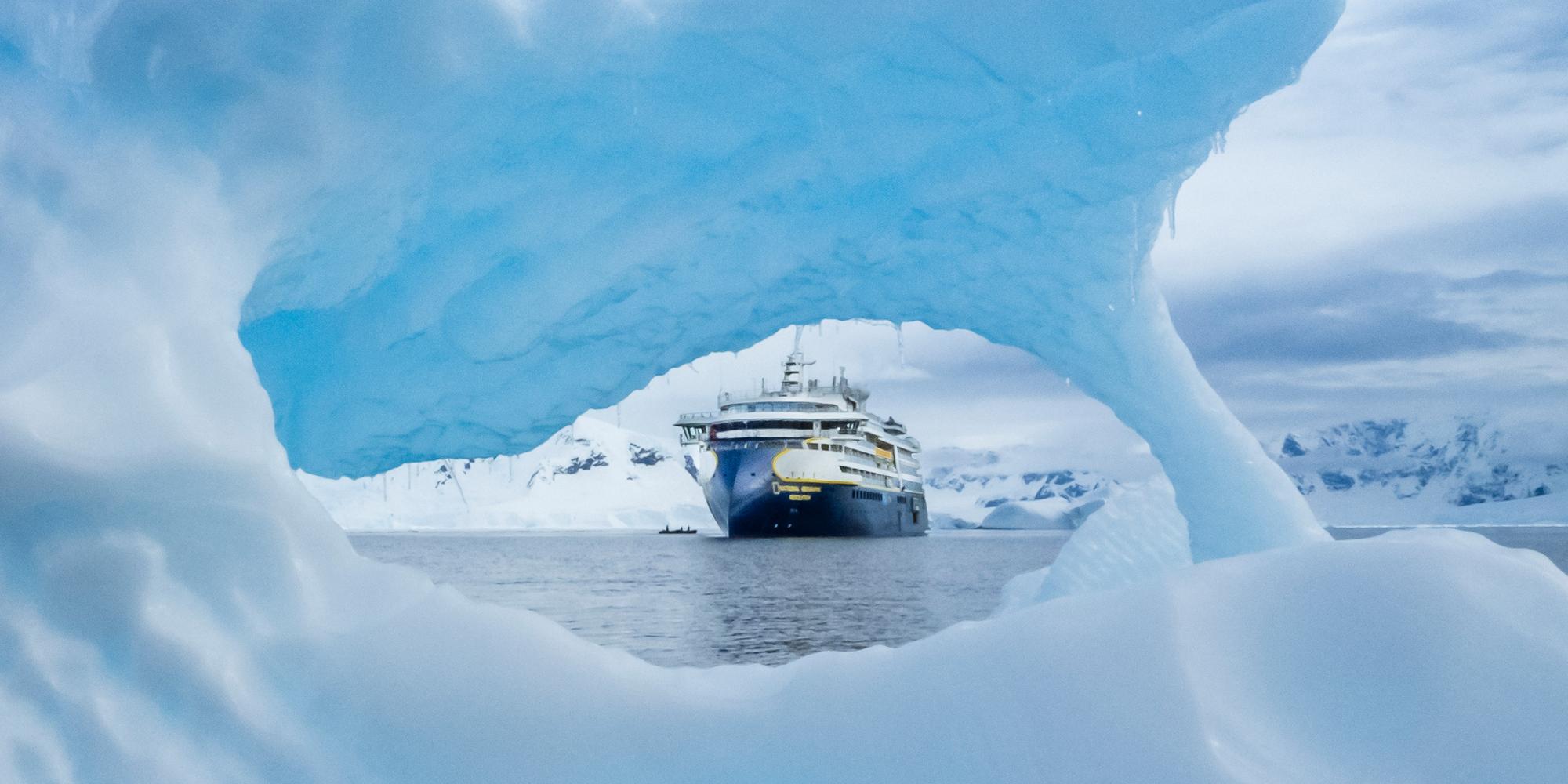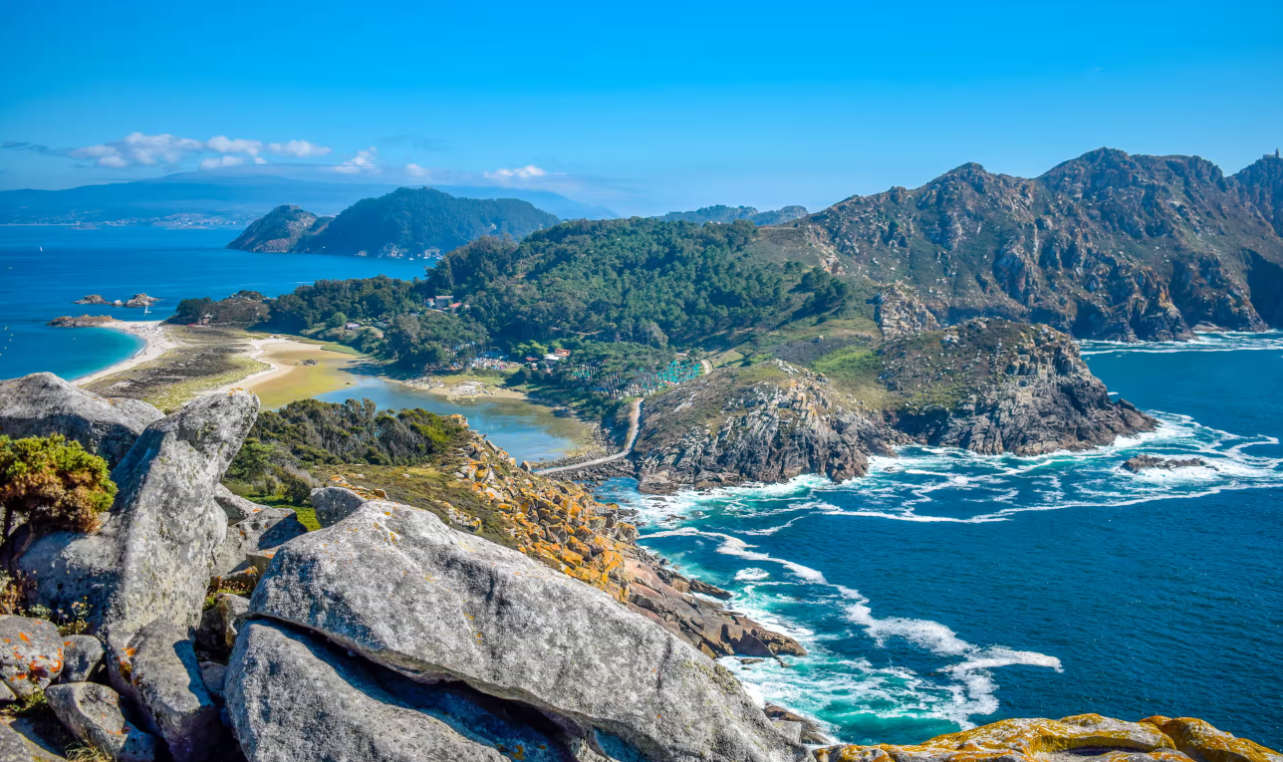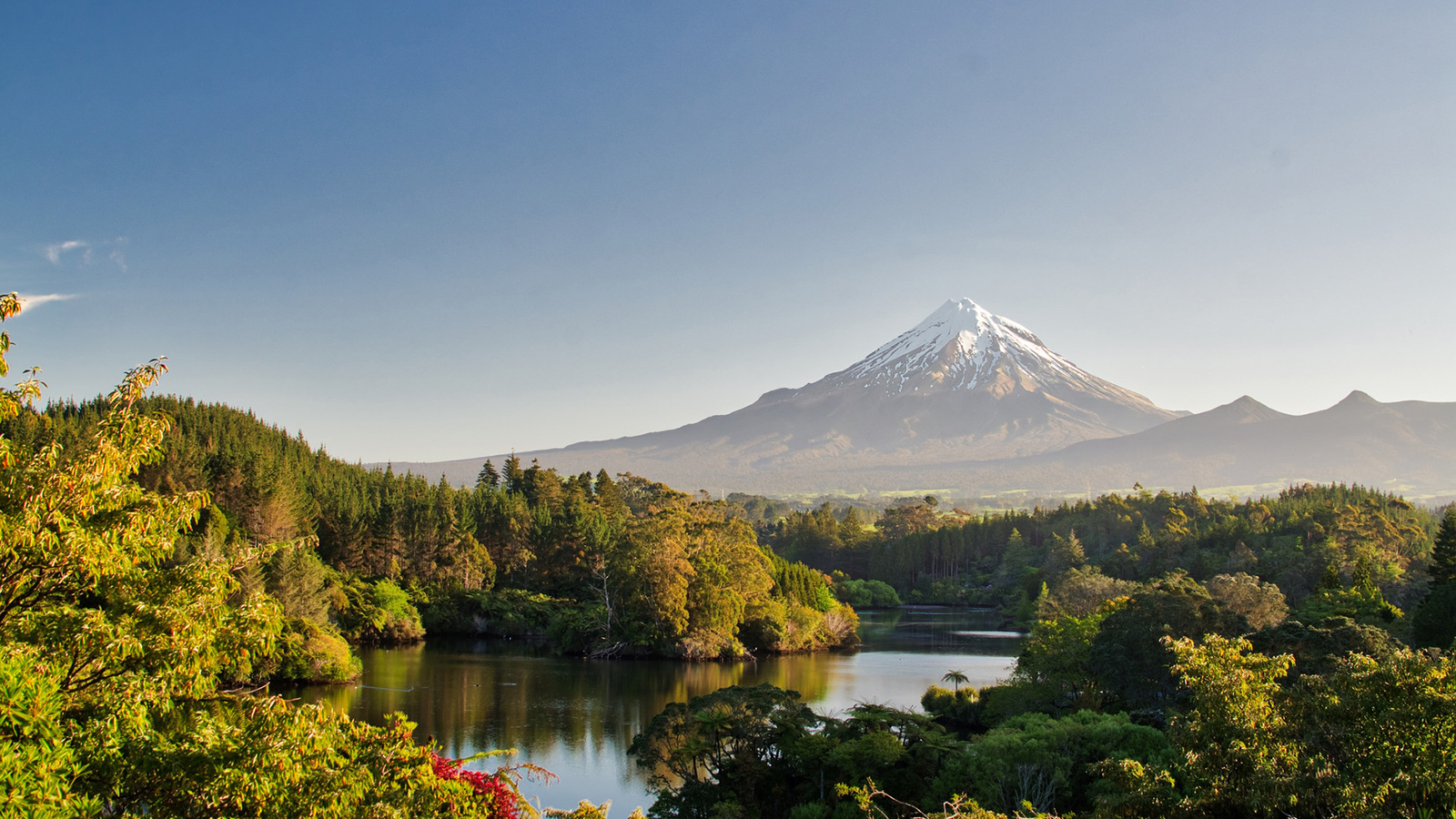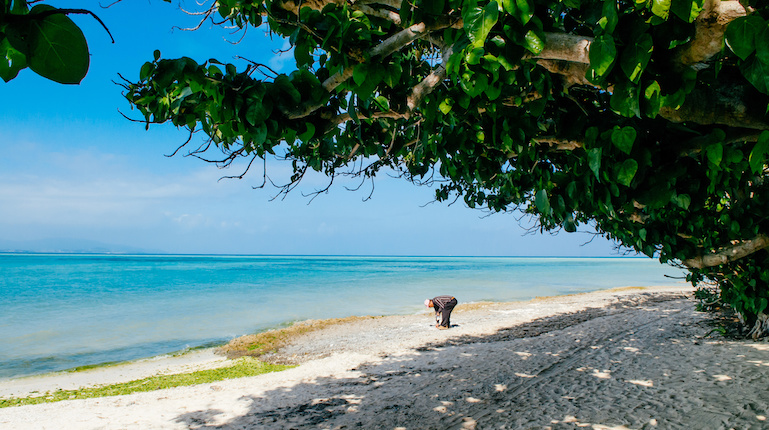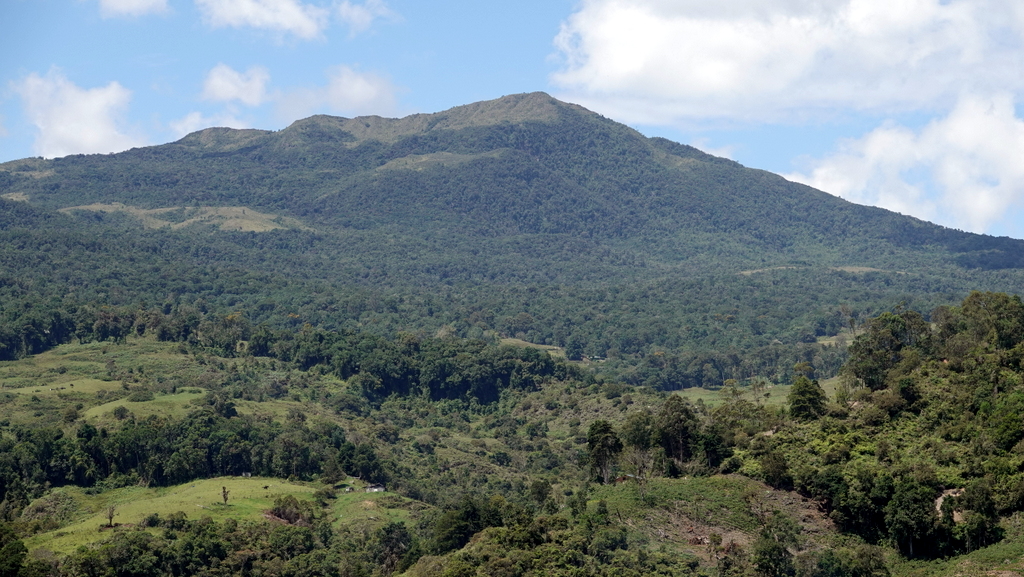
Reviving Venezuela’s Cloud Forest: The El Tambor Project’s Groundbreaking Restoration
Nestled in the Sierra de La Culata National Park, Venezuela’s cloud forest of El Tambor is a vital sanctuary for countless species. However, decades of deforestation and degradation have left this unique ecosystem teetering on the brink of collapse. Enter the El Tambor Project, an ambitious initiative launched in 2018 with the goal of revitalizing this endangered environment through innovative restoration techniques and community involvement. El Tambor Project is more than just a reforestation effort; it represents a hopeful narrative
